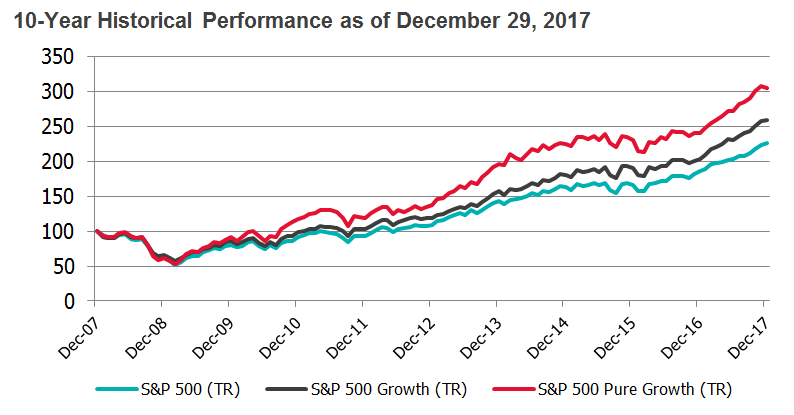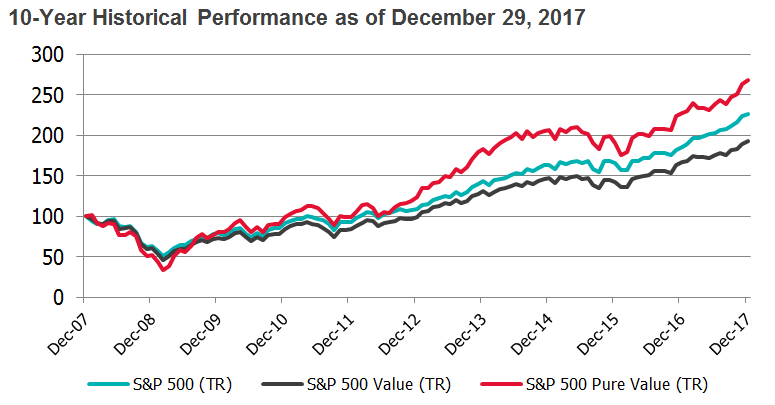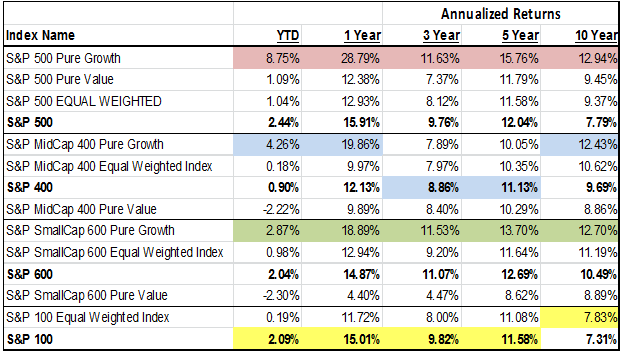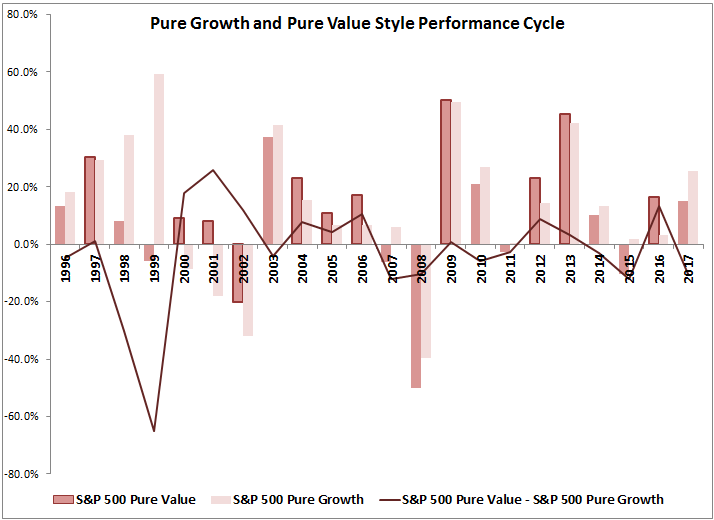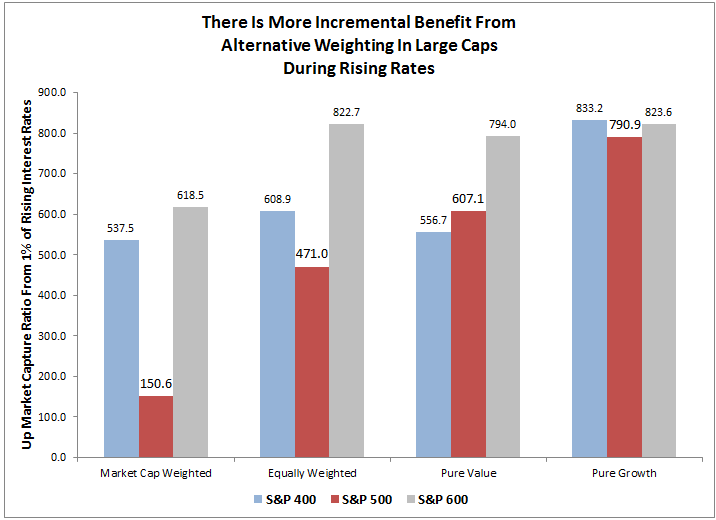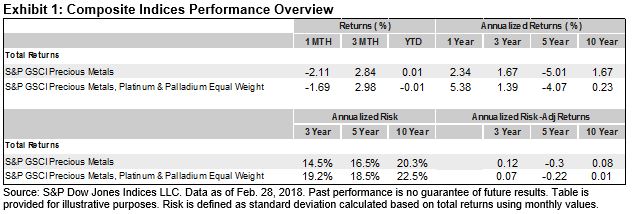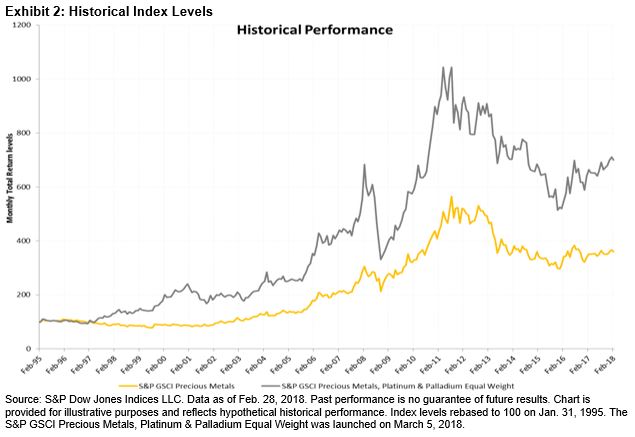There has been a rapid shift in the world of corporate disclosure. In the past 12 months, we have seen investment giants writing to CEOs urging them to report on their long-term strategies and socio-environmental goals and the world’s first gender pay gap reporting regulation coming into effect. Companies are responding to the growing need to report environmental, social, and governance (ESG) related information. Research by Trucost found that the number of companies that disclose greenhouse gas emissions increased by 33% from 2012 to 2016. More than 6,000 companies now report to CDP, an investor-led environmental data disclosure initiative.
While these are encouraging signs, the ESG disclosure of most companies focuses on direct operations and largely overlooks their supply chains, where the majority of the risks can lie. Trucost analyzed 19 industry sectors and found that, for most, nearly all of the environmental impacts occurred outside company operations. A CDP study also shows that greenhouse gas emissions in supply chains are, on average, four times as high as those from a company’s direct operations. Companies failing to manage ESG issues in the supply chain are left exposed to reputational, operational, and financial risks.

Growing awareness of the environmental and social impact of companies, and government regulations in response to it, are leaving companies more exposed to disruptions in their supply chains. In 2016, IOI Group, a Malaysian palm oil producer, lost some of its biggest buyers, including prominent international consumer brands such as Unilever and Nestlé, after an investigation found that its suppliers were breaching sustainable sourcing standards. Recently, China’s decision to ban importation of all plastic and mixed paper waste has taken the world by surprise. The share price of Biffa, one of the UK’s largest waste management companies, plunged 12% as investors expected an increase in the cost of locating alternative destinations for recycled goods.
Companies are increasingly being scrutinized not only by shareholders, but also by civil society. An investigation by Amnesty International in 2016 found that Kellogg’s used palm oil produced by child workers in its products. In response to the report, Kellogg’s quickly set up a dedicated team to rectify the issue, established an executive training program on human rights, and reported the progress in its 2017 corporate sustainability report. A newspaper exposé on slavery caused a top British supermarket to pull its beef products from JBS, the largest meat processing company in the world, off the shelves.
Quantifying ESG impact in the supply chain is a valuable first step that companies can take in order to understand their total risk profile. Trucost’s supply chain service helps companies to efficiently measure their environmental and social impact across diverse supply chains. Our analysis draws on a validated database of socio-environmental performance data from more than 13,000 companies and fills any data gaps with our granular environmentally extended input-output (EEIO) model.
Quantified metrics allow companies to prioritize suppliers or products to manage and track progress over time. Companies can also make use of supply chain ESG data to identify opportunities to reduce costs. A group of leading purchasing organizations reported 551 million metric tons of greenhouse gas savings from their supply chain in 2017, which translated to USD 14 billion in cost savings.
Knowing your supply chain is the key to managing and reducing your overall ESG risks. As investors, regulators, and the civil society continue to push for further corporate disclosure, supply chain ESG risks will likely come into the spotlight in the near future.
The posts on this blog are opinions, not advice. Please read our Disclaimers.








